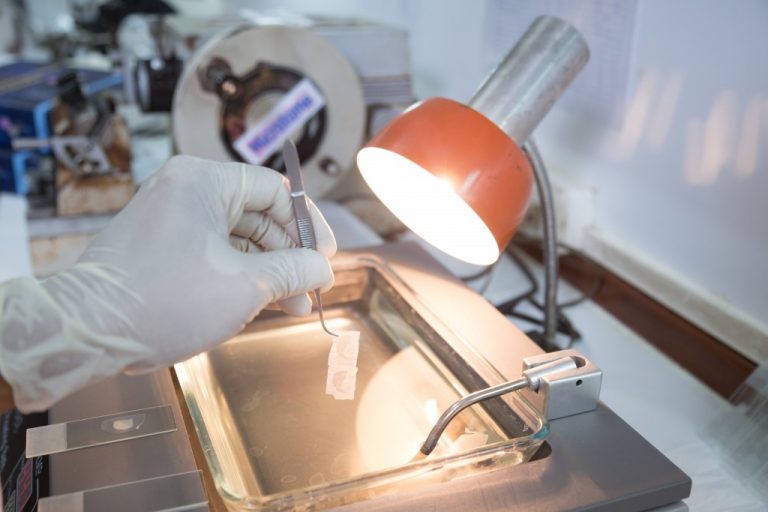A trip to the doctor’s office fills most people with dread. Whether it’s for a routine visit for a skin disorder you’ve had since childhood or you have a rash that won’t go away, your dermatologist will probably run some tests to ensure that you’re in the clear. He might even order a biopsy after your initial tests.
Now, a biopsy might sound alarming, but it’s important to remember that it’s a routine procedure with low risks for the patient. Your doctor just needs a sample of your tissue to check whether or not you’re sick. Here’s a quick guide if you want to know more about a skin biopsy:
What is a biopsy?
In a biopsy, a sample of your skin is removed for diagnosis. It is often done after initial testing has revealed the presence of abnormal tissue, and further testing is required. For instance, initial tests might have detected a lump that wasn’t there before or a mole that changed shape. In both cases, a biopsy has to be performed to answer a medical question.
The procedure is quite simple. Anesthetic is injected into the skin, and a small sample is removed. Afterward, the area is closed up and, if necessary, dressing is applied.
Do I need a biopsy?
A biopsy is one of the best tools for diagnosis. However, you only need a biopsy if your doctor asks for it. The diagnostic process is one of detection and elimination. If the case is particularly complicated, multiple tests might have to be done, if only to rule out specific conditions. If you don’t meet any of the criteria, it’s unnecessary.
What kind of biopsy should I get?
Your doctor gets to decide what type of biopsy you need, not you. There are different types of skin biopsy for different kinds of conditions. It all depends on how deep they need to go or how much tissue they want to get. Some of the most common types of skin biopsies are as follows:
Punch biopsy
This is one of the more common diagnostic procedures in dermatology. It is quick, straightforward, and the wound is small. The process entails boring into your skin to create a sample that shows all layers of the skin.
A punch biopsy instrument that looks like a pen is used to remove the tissue from the area. At the tip is a round blade which is rotated to pierce the skin. The sample is then removed with forceps and scissors.
Suturing is performed to close the wound, but in some cases, the wound would heal on its own.
Shave biopsy

A shave biopsy is performed if the target area is only on the surface. It is commonly done for skin diseases and cancers. A scalpel or special blade is used to remove a shave of the skin. No suturing is required, and the wound should heal in a few weeks. Shave biopsies only target the upper layer of the skin and are rarely used for diagnosing invasive conditions.
What should I do after a biopsy?
Wait for your doctor to call about the results. The best you can do is take care of the wound caused by the biopsy and live your life as usual.

